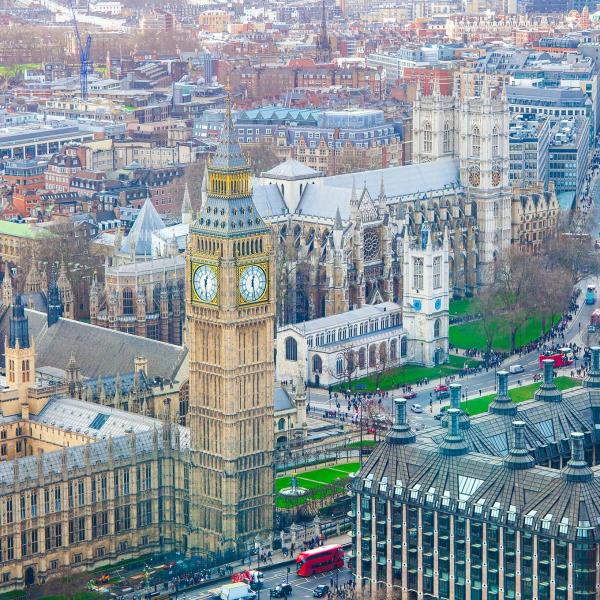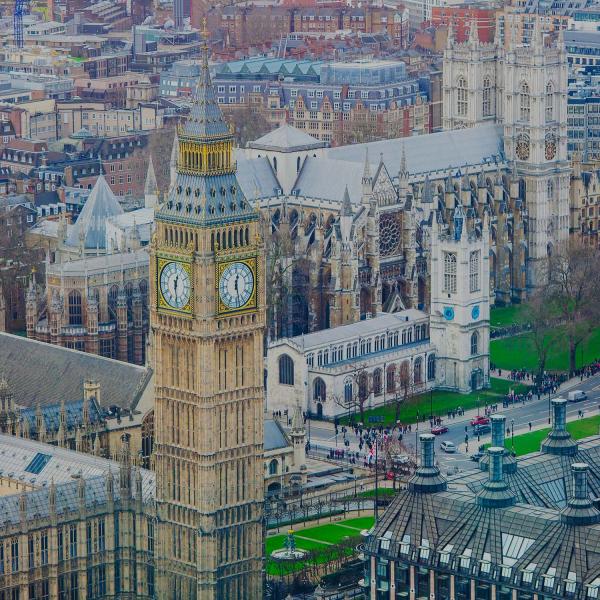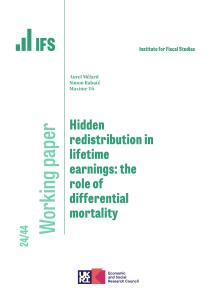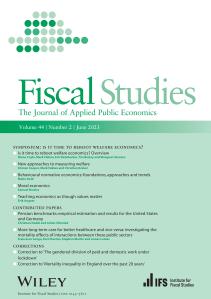The government will shortly be considering whether to bring forward the following rise to age 68, which is currently scheduled for 2044.
There is nothing wrong in principle with these rises. They limit the cost of pensions to taxpayers and as people live longer it makes sense to have the state pension age rise. While growth in life expectancy has stalled recently, over previous decades it rose substantially.
But there is a key problem here. It is poorer people in their mid 60s who are hit most by state pension age increases. Most of these people are not in employment, some as a result of poor health.
They also often have little savings or private pensions to fall back on. We know that poverty rates rose substantially among those in their mid 60s following previous pension age increases.
Given the hardship this causes for many, there is a good case for the government to do more to support this group. By targeting additional support at lower income people, the government could still save money for the taxpayer by raising the state pension age, but limit the hit to some of the lowest income families.
The government has two broad options here. They could increase support for those on Universal Credit within, say, a year of their state pension age. A boost to their benefits costing £600 million a year would reduce poverty by around 30,000 households.
That’s a big increase in spending, but it represents just a tenth of the taxpayer savings from a one year increase in the state pension age.
Or the government could target the additional Universal Credit only to those also receiving disability benefits. This would cost less as it would support many fewer people. But a giveaway of £200 million would still make a real difference to many.
Either of these options would provide extra help for low-income people. And for a government with an eye on the purse strings, they do need to maintain general support for the principle of a higher pension age as life expectancy rises.
Supporting the poorest could help maintain this support, and help protect the incomes of some of those who struggle to work in their late 60s.










